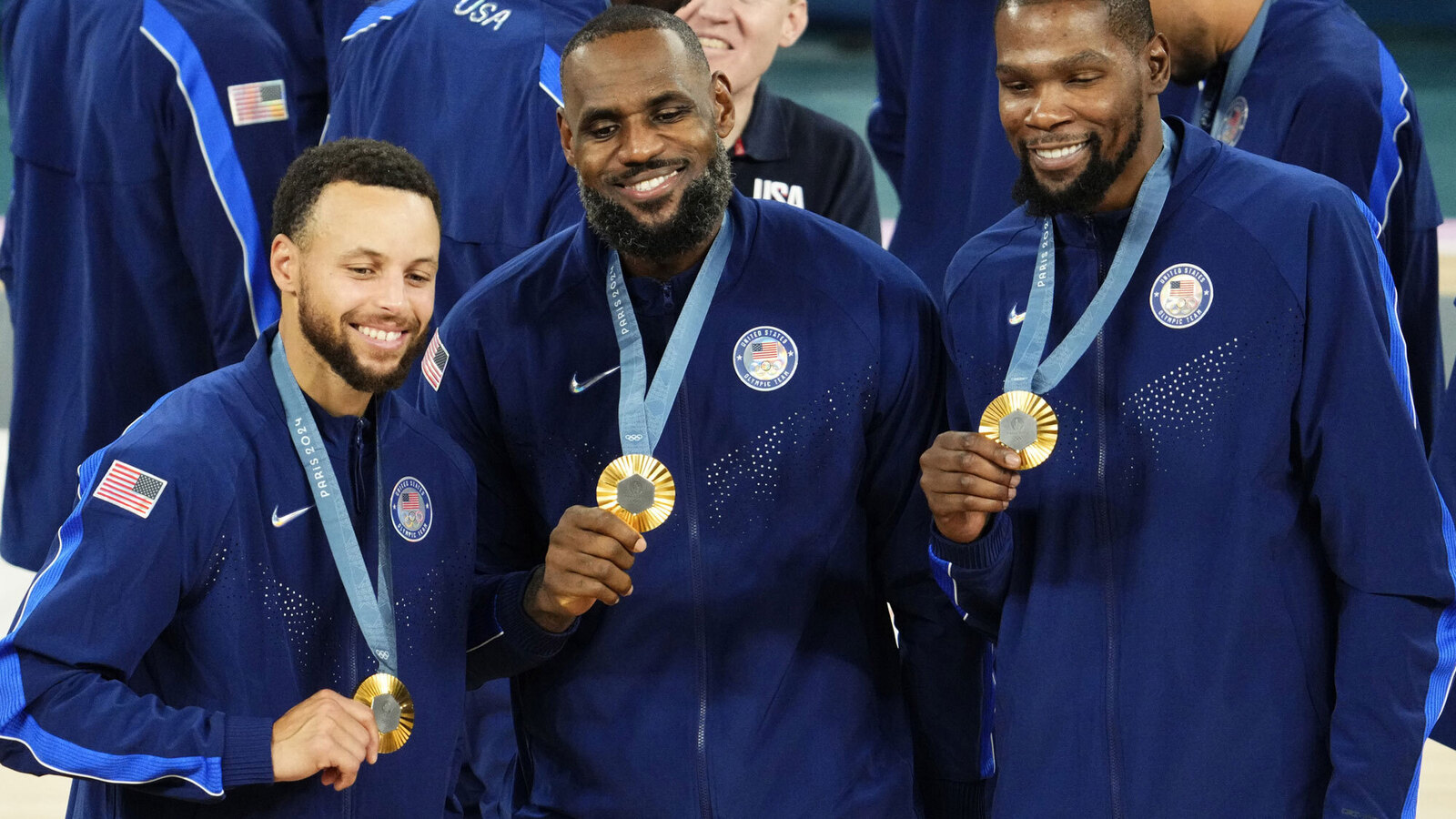By News18,Parthiv Dhar
Copyright news18

Far east of Guwahati, the sun rose casually at 7 Raffles Boulevard, Singapore, as if it was just another day. Far from his cosy Kharguli studios in Guwahati, Zubeen Garg too woke up in his Pan Pacific Hotel for an impending programme that evening, this 19th of September.
Singapore, which blends modernity and green spaces, provided a diverse cultural mix and synced with his emotions. He was up for it when fate decided to pull the strings. The sea in collision with the yacht and the life jacket (or rather the lack of it) decided to savour his music, fully knowing that they will not be able to return him to mother earth. For he was an epileptic and not supposed to lock horns with water. A few moments of stiffness, a bout of vomiting and perhaps he turned blue. Merging with the universal azure on top of him, it took a second to transform music into a nightmare.
Singapore, being close to the equator, often results in consistently warm temperatures and no natural snowfall. A festive simulated snow show avalanche that takes place at Tanglin Mall during Christmas is all they had to create a winter-like experience. Zubeen didn’t have to wait till Christmas. The avalanche of emotions had already begun to take centre stage. And as they drove him from the airport to his Kahilipara residence and then to the Sarusajai stadium, it was evident that floods in Assam are a never-ending affair. If not with water, with tears.
Now when was the last time bursts of emotions of such humongous magnitude happened? When was the last time road stretches transformed into an odyssey of love and reverence agnostic of caste and creed? And when was the last time we saw rivers of such volcanic emotions’ confluence into a sea of bereavements? As they say, the true earnings in life are not a reflection of your passbook but the count of hearts walking with you in your last journey. Only good deeds take you home.
And that brought back memories from 13th October ‘87 to 16th October ‘87 when the entire stretch of bitumen from Mumbai to Khandwa got melted in the waves of emotions en route. As in Guwahati, the whole of Khandwa was there in the streets. Almost every home had lit candles to sweep the darkness, and no shop fell behind each other in downing shutters. Several families would perform the shraddha following all rituals, while many avoided non-vegetarian food for thirteen days.
And then I suddenly realised, Kishore Kumar and Zubeen Garg had so much in common that one would consider our generation blessed to have seen, heard and witnessed the exploits of these two iconoclasts in one birth.
Khandwa and Jorhat were not the primary towns of the respective states where both had a relatively unassuming childhood, composing songs from their school days. Both chose the largest towns, Indore and Guwahati for further studies. And it is here the first interesting similarities emerge. Kishore Kumar was using the desk as a table when the Prof. of Civics, Jaydev Prasad Dubey, questioned his action and alluded that these songs and rhythmic sessions would not lead to a promising career. Kishore replied, “Main issi se career banaunga sir”. Similarly, once in B Barauh College, Zubeen left his exam papers half done and, when rebuked, confessed that he would take up music and composing as a career, leaving the teacher a bit miffed. Years later, both the principals had extremely laudatory and flattering things to say about their respective favourite ward. In fact, the very next year of leaving the college, Zubeen was made a chief guest with the same principal sitting beside him.
Apart from being Brahmins with no emotions attached to the sacred thread, both Zubeen Garg and Kishore Kumar were subjects of nature. While thriving on the meadows of Khandwa, Kishore Kumar’s anthem was to go ‘door’ (i.e., far) from the maddening crowd and take solace in the lap of nature. In much the same way as Zubeen considered himself a product of the Brahmaputra surrounded by the musical echoes of the hills. Kumar’s closest friends were Raghunandam, Janardhan, Gangadhar, Buddhuram, among others, all trees in his garden. Zubeen, on the other hand, was a passionate environmentalist who had already decided on the name of his autobiography. He wanted to soar like the “eucalyptus”.
Both hated Bollywood, and almost for the same reason. After all, their foundation of music was built on anything but concrete. Both believed Bollywood to be a symbol of insincerity. Kishore Kumar in his famous interview with Pritish Nandy starts off by saying he doesn’t want to live in this stupid, friendless city. Almost the same thoughts echo Zubeen as he describes Mumbai as a city with too much “attitude”. While Khandwa didn’t have anything to do with films, Guwahati luckily had proper studios. Both also had a strange affinity towards dogs, with more than several breeds, all uniquely named, in their respective kennels.
Religion and caste could not surround them. While Kumar had a Muslim and a Sikh wife among others, he had a strange affinity towards Christianity. Garg’s attitude towards religion and secularism too has attained cult status today. While Garg says, “Mor kono dharma nai” (I have no religion), for Kumar it is “Mera dharam hai sacchai” as he wrote in his autobiographical Door Ka Raahi. Both almost synonyms of each other.
Another facet peculiar to both relates to their unhindered love for friends and well-wishers, irrespective of the genesis. They created friendship without looking at the purse or the surname. While Kumar’s best friend was Fateh Mohammad, who used to dye clothes and whose son still does business on the roadside, Garg too would regale you with similar stories. Hiru Dutta, who currently resides in Zubeen’s erstwhile house, recalls how the late singer would visit them and have meals together. Both in Khandwa and Guwahati, almost every third person has been a beneficiary of their benevolence, every second man has a delightful anecdote to tell, and almost everyone has an emotion to connect. While Kumar lit up an entire slum during the shooting of Badhti Ka Naam Dadhi, Garg converted his house into a Covid centre. Adoption for Garg was not restricted to humans but also included beasts such as rhinos. Most importantly, they would never discuss these altruisms in public.
Those close to them vouch for the bouts of eccentricities and childlike behaviour. While Kumar’s mavericks have been a part of worldwide folklore, Garg too has been extremely mercurial and predictably uncontrolled, blowing hot or cold depending upon which side of the bed he wakes up on. He once slapped a famous advocate’s son for smoking in public, which can again be viewed through different prisms. Both had very little clue about where the money was going. As Iftekhar states in his article, Mera Yaar Kishore Kumar, his purse was controlled by his first wife, Ruma. Similarly, Garima Garg mentions that it is too risky to allow Garg to install GPay on his mobile. With maturity, Kumar changed his attitude towards money and could identify those who were after his finances through mannerisms of the extreme kind. Garg remained gullible. Both were known to pay their teammates almost double their market rates. The dress sense of each of them were extremely quirky, with Kishore once seen attending a movie premiere in a towel, while Garg’s shoes would often be found mismatched and in different colours. Yet during all these eccentricities and childlike mannerisms, these two have received unconditional love and shone bright despite the silent exasperation their behaviour drove among the educated elite.
Garg was a great fan of Kishore and proclaimed himself to be a devotee on many an occasion. While a Google search confirms him as the king of humming, much fan-created content and online discussion, particularly on platforms like YouTube, have attached a similar sobriquet to Kumar. Proving that for their respective audiences, lyrics have little meaning.
But, if you were to choose one thing that bonded them the most, it was their stand on what they felt was right. Bowing down was one thing their mother had not taught them. While Kishore Kumar dared to challenge Mrs Indira Gandhi, then the Prime Minister during the emergency, for curbing his freedom, Garg exactly did the same when he refused to bow down before ULFA, the then most dreaded terror outfit, who tried to dissuade him from singing Hindi songs at local Bihu festivals. Both had their patents on living lives by their own terms. For one it was “Main Jhukunga Nahi”, for the other “Ghanta Khatir Nakaru”. Again, synonyms of each other.
Both these personalities chose their audience over themselves. Despite severe health issues and going against the doctor’s advice, they continued to mesmerise their respective audiences. In both the cases, we watched them sink. Both were slipping away long before death claimed them. Both, though, often talked about the final journey and had premonitions about death. Each of them had an extremely high opinion of themselves and for once were not humble about it. “Search anywhere; you will not get another Kishore Kumar after my death,” he used to say. Garg too confided the same emotions in close quarters and would mention oil, tea and Zubeen as the assets of Assam. These were two artistes who loved and longed for their roots, and the way these roots responded during the final journey perhaps surpassed their own expectations. For they created a human out of them all, even if for a moment. These gentlemen transcended from being mere musicians to influencers, deeply felt by millions.
Today, almost 38 years after Kishore’s death, the pulse is still as strong, the craze has never seen a downward swing, and Kishore’s song has always been an obstacle to the very concept of a generation gap. Whether the same momentum carries on for Zubeen 40 years later remains to be seen. That would perhaps be the real tribute for this mightiest musical icon of Assam.
While references are being produced in Kishore Kumar’s case, Zubeen Garg’s details are very much in the public domain.
Parthiv Dhar is a Kishore Kumar biographer. Anirudha Bhattacharjee is the co-author of the best-selling book ‘RD Burman: The Man The Music’ by Harper Collins. Views expressed in the above piece are personal and solely those of the author. They do not necessarily reflect News18’s views.



